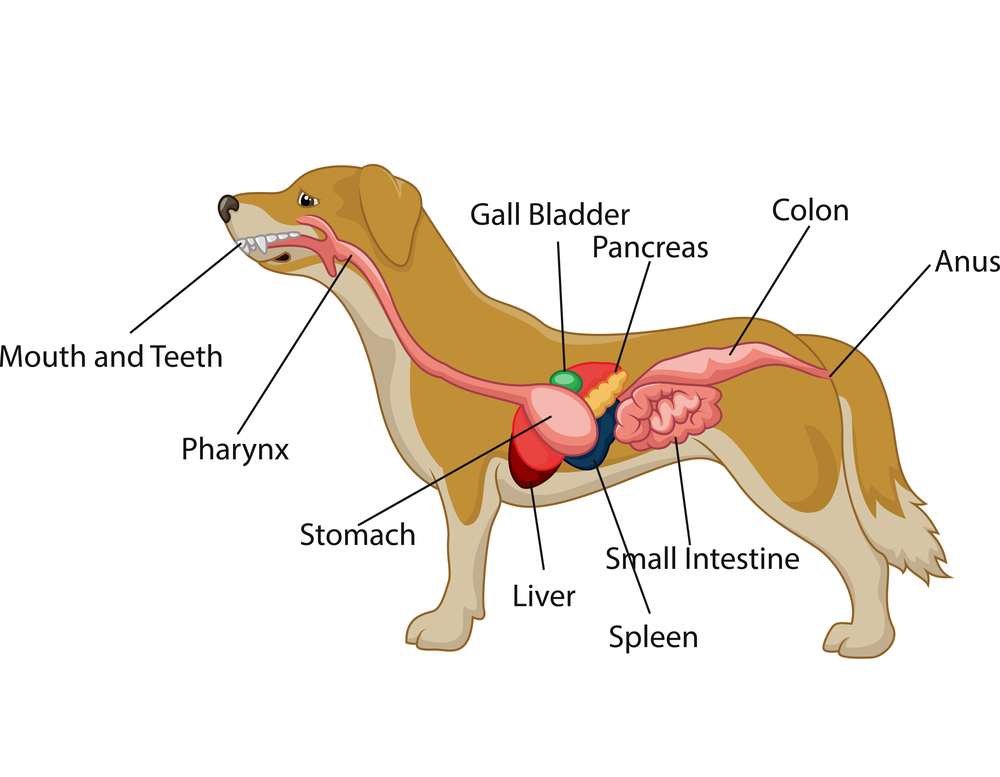
Dog Digestive Process and what the stages are and how it works
The Anatomy of the Canine Digestive System (An Overview) A muscular tube that carries ingesta from the laryngopharynx to the stomach. The esophagus courses through the neck, thorax, and into the abdomen. The esophagus can therefore be referred to as having cervical, thoracic, and abdominal portions. The stomach is a dilation of the alimentary.
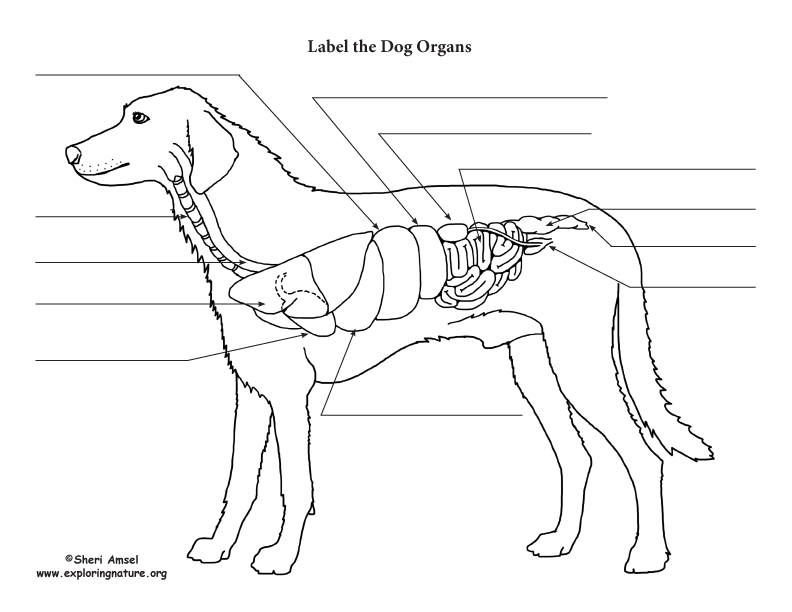
Dog Anatomy (Thoracic and Abdominal Organs)
On the left side view of a dog's internal organs, you can see the lungs, heart, liver, stomach, spleen, kidney, intestines, bladder, and the rectum in that order from front to back. You can also view the spinal column and the brain. Laurie O'Keefe Dog Anatomy Organs Right Side

Внутренние органы собаки. Вид справа Dog Internal Organs, Anatomy
Heart. A dogs heart beats between 70 and 120 times per minute, compared to a humans 70 - 80 beats per minute. Dogs take between 10 and 30 breathes every minute. Dogs have a visual range of 250 degrees compared to the human range of 180 degrees. A dogs temperature is between 100.2 and 102.8 degrees Fahrenheit.

Anatomy of dog with inside organ structure examination vector
Canine anatomy As we explain above, canine anatomy is far ranging due to the diversity of existing breeds. These different breeds not only differ from each other in size, but in the shape of many body parts. Perhaps the most significant is head shape. There are three main different types of head formation in dogs:

Pin on Fun Pet Pictures
Veterinary anatomy - Animal: ANATOMICAL PARTS Abdomen Abdominal aorta Abdominal mammary gland Abdominal mammary region Accessory carpal bone Acromion Adductor muscle Ala of ilium; Wing of ilium Ala of nose Anconeus muscle Antebrachial region Aortic arch Apex of nose; Tip of nose Arm
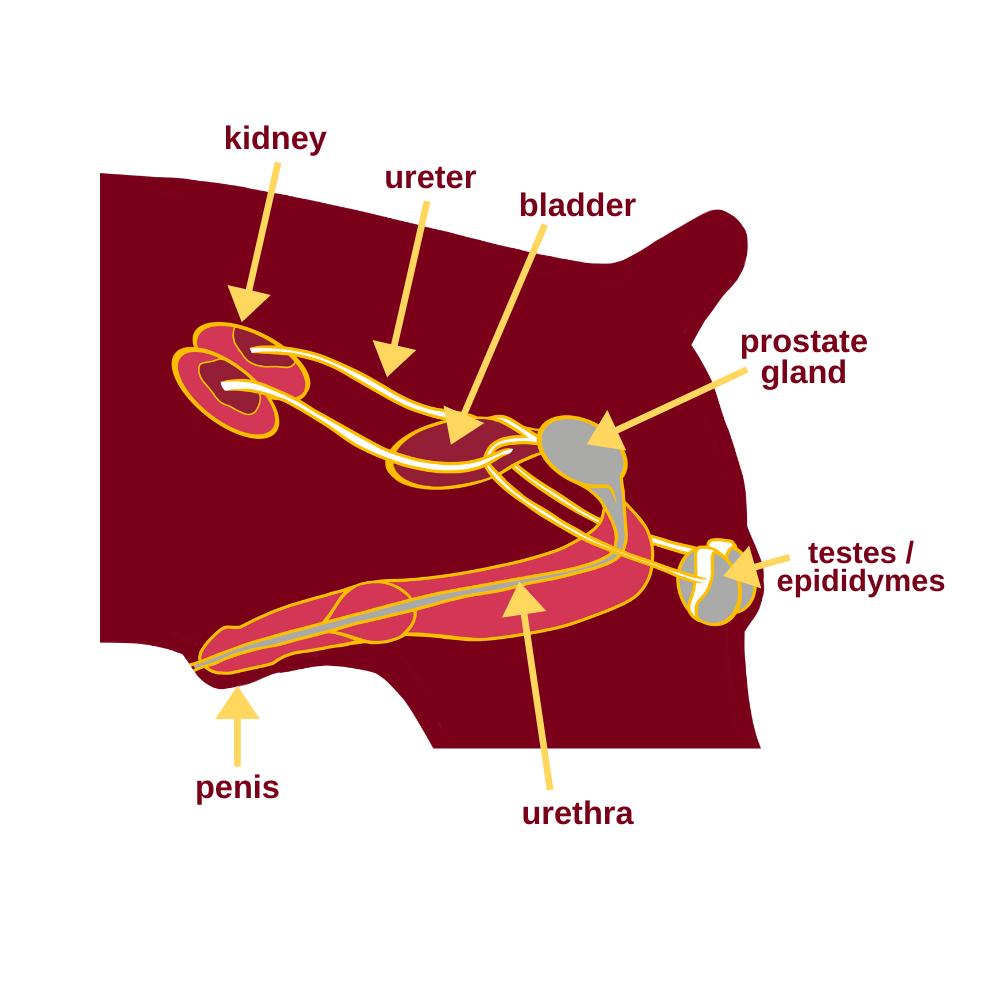
Reproduction Control Veterinary Preventive Medicine
A Visual Guide to Understanding Dog Anatomy With Labeled Diagrams Dog anatomy is not very difficult to understand if a labeled diagram is present to provide a graphic illustration of the same. That is exactly what you will find in this DogAppy article.

How To Treat Dog Diarrhea Complete Guide Dogopedia
Quick idea: in this article, you will learn the location of different organs from the different systems (like skeletal, digestive, respiratory, urinary, cardiovascular, endocrine, nervous, and special sense) of a dog with their important anatomical features.
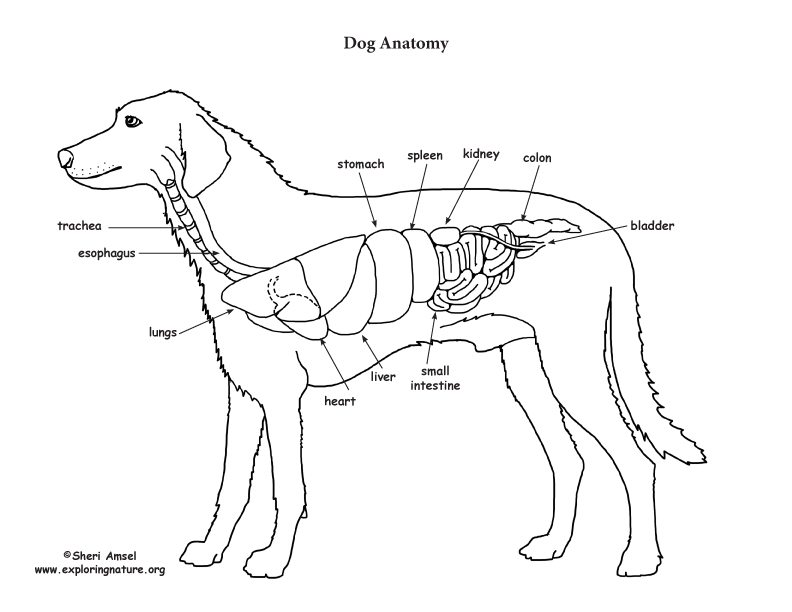
Dog Anatomy (Thoracic and Abdominal Organs)
One of the most important parts of a dog's anatomy is their skeleton. A dog's skeleton is made up of many different bones, which provide structure and support for their body. Dogs have over 300 bones in their body, which is more than humans who have around 206 bones. Their skeleton includes their skull, spine, ribcage and limbs.

dog anatomy Dog Care Training Grooming
What are the key body parts for a female dog? Key body parts for a female dog include the head, ears, eyes, nose, mouth, legs, paws, and tail, just like in a male dog. The primary difference between the two lies in the reproductive organs, with female dogs having ovaries, uterus, and a vulva instead of the testicles and penis found in male dogs.
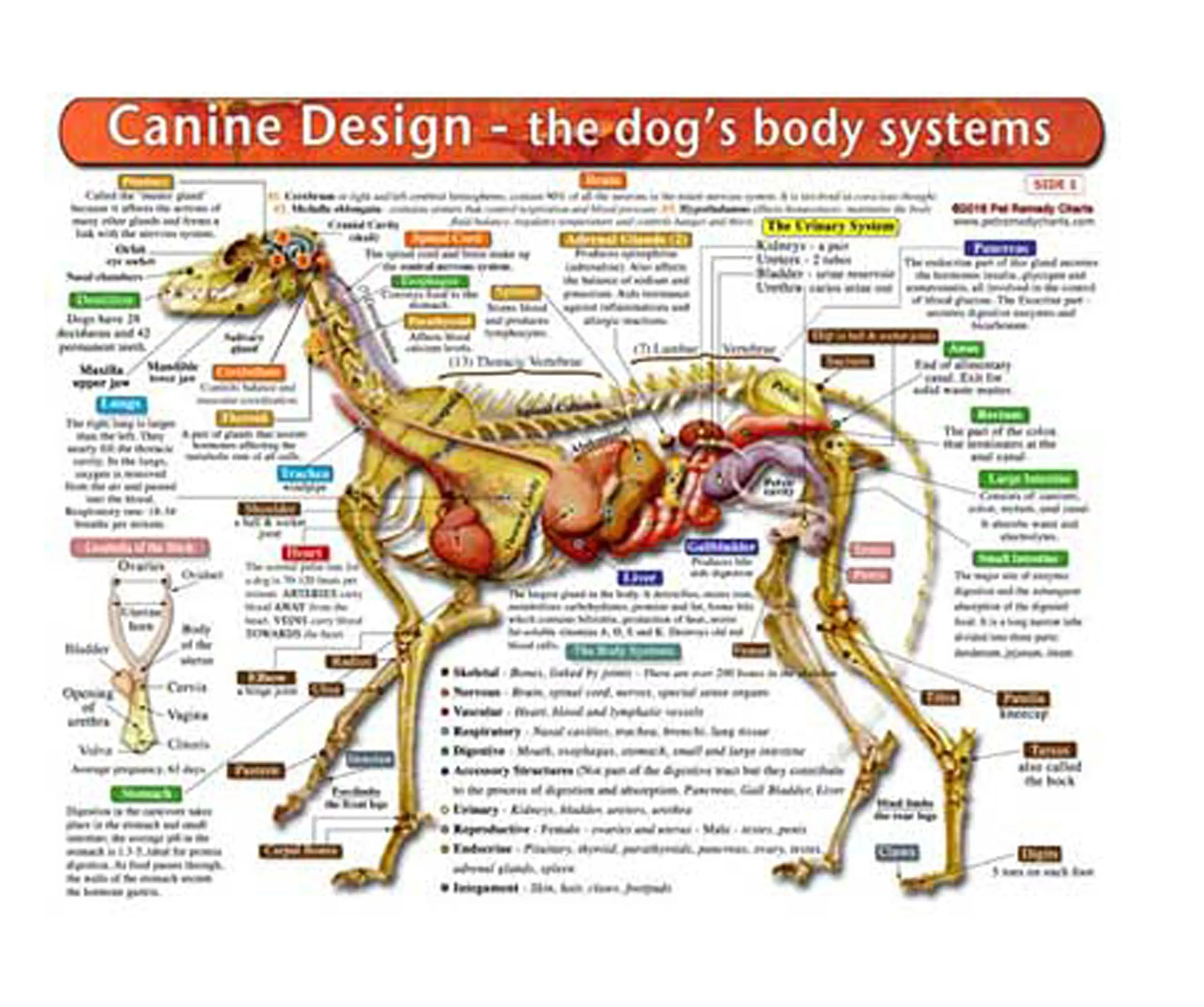
Buy The Dogs Body Systems A DoubleSided, UV Protected, Laminated Dog
Anatomy of a Dog Dog Skeleton Anatomy Dog Muscle Anatomy Female vs Male Dog Anatomy Summary Anatomy of a Dog Dog anatomy details the various structures of canines (e.g. muscle, organ and skeletal anatomy). The detailing of these structures changes based on dog breed due to the huge variation of size in dog breeds.

Internal Organs Of A Male Dog. From Photograph by Ken Welsh Fine Art
Updated: 10-08-2021 From The Book: Dog Grooming For Dummies Dog Grooming For Dummies Explore Book Buy On Amazon Some canine anatomical names may be familiar to you — dogs have elbows and ears and eyes — but other names may be downright foreign. Many anatomical terms used to describe parts of a dog are similar to the ones used for horses.

Dog neck anatomy
Dog anatomy comprises the anatomical studies of the visible parts of the body of a domestic dog.Details of structures vary tremendously from breed to breed, more than in any other animal species, wild or domesticated, as dogs are highly variable in height and weight. The smallest known adult dog was a Yorkshire Terrier that stood only 6.3 cm (2.5 in) at the shoulder, 9.5 cm (3.7 in) in length.
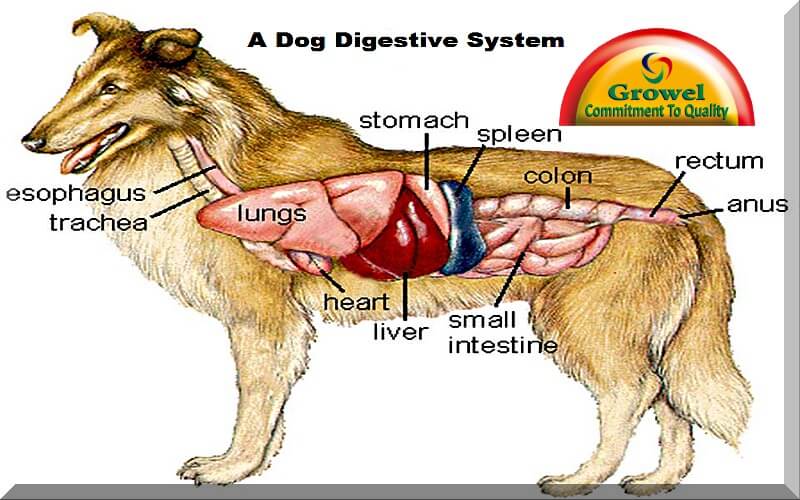
How is a Dog Digestive System Functioning? Growel Agrovet
The Anatomage Dog is the first highly detailed dog anatomy atlas that comprehensively features internal organs, including vascular systems and muscular-skeletal structures. Originating from real dog data, the Anatomage Dog exhibits the highest level of anatomical accuracy. All of its volumetric 3D and individual structures are segmented, users.

Anatomy Of Back Organs / Anatomy Male Organs in Loop Stock Footage
Anatomic Planes. The main planes of motion for dogs are as follows (see Figure 5-1): • The sagittal plane divides the dog into right and left portions. If this plane were in the midline of the body, this is the median plane or median sagittal plane. • The dorsal plane divides the dog into ventral and dorsal portions.

The process of a dog’s digestive system
Lung: respiratory organ. Trachea: tube that carries air to the lungs. Esophagus: last part of the digestive tract. Larynx: part of a dog's throat that contains the vocal cords. Photo : EN : Maltese dog FR : Bichon maltais ES : Bichón maltés Maltese can be very energetic, despite this they still do well for apartment dwellers.
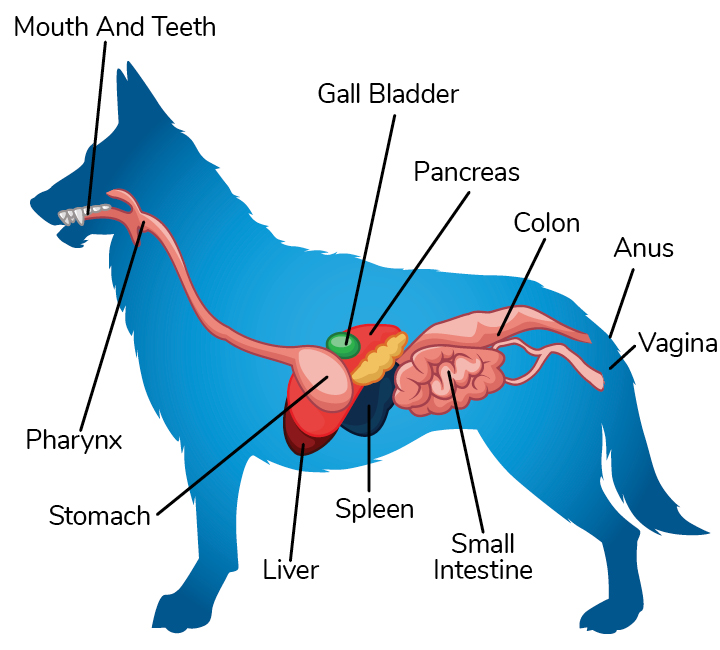
The 6 Best Probiotics For Dogs Dogs Naturally Magazine
The dog abdomen anatomy consists of boundaries of the abdominal cavity with its organs and associated structures. This article might help you with the details of anatomical facts of the abdomen, both male and female. First, I will try to show you the exact boundary of the dog's abdomen so that you may also identify it from the live dog.